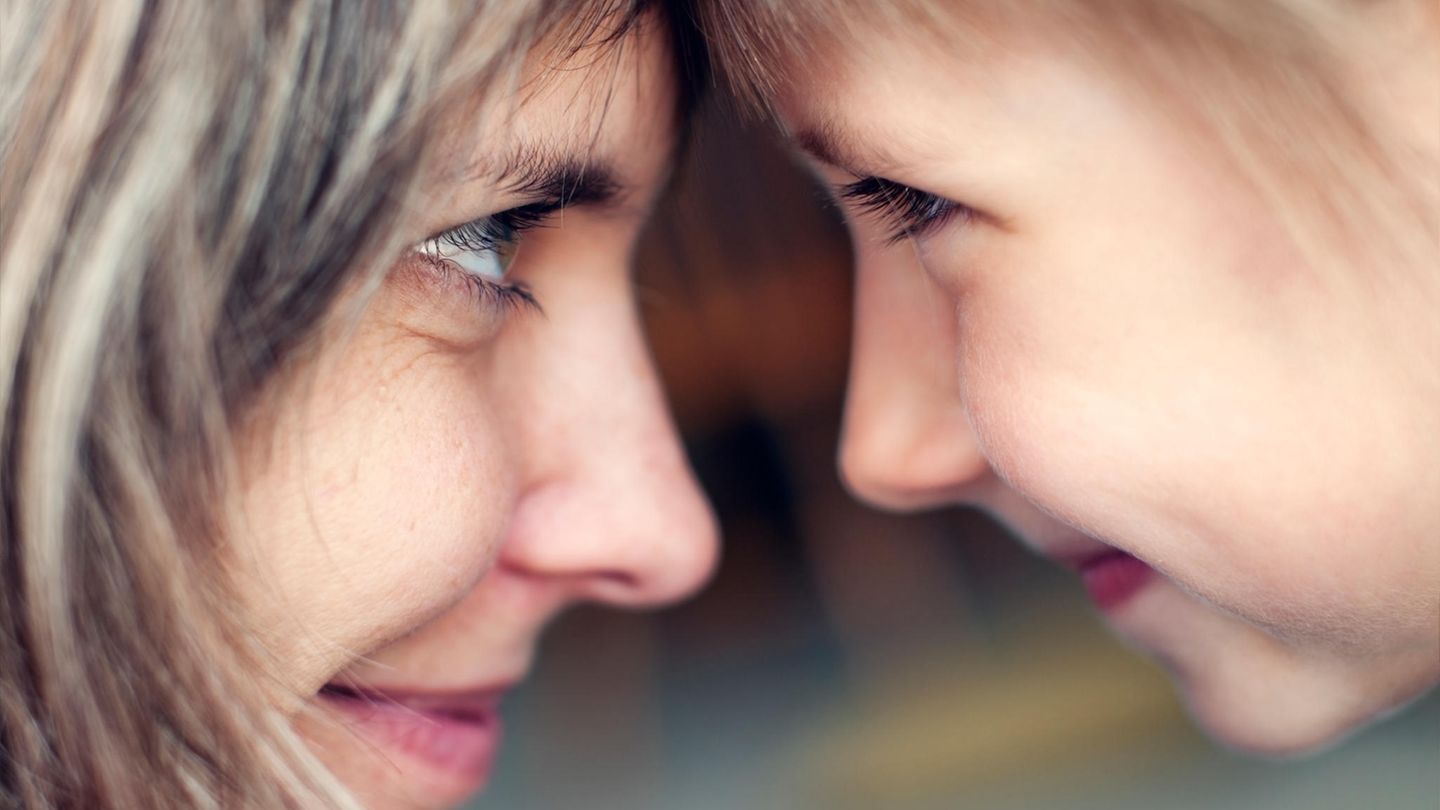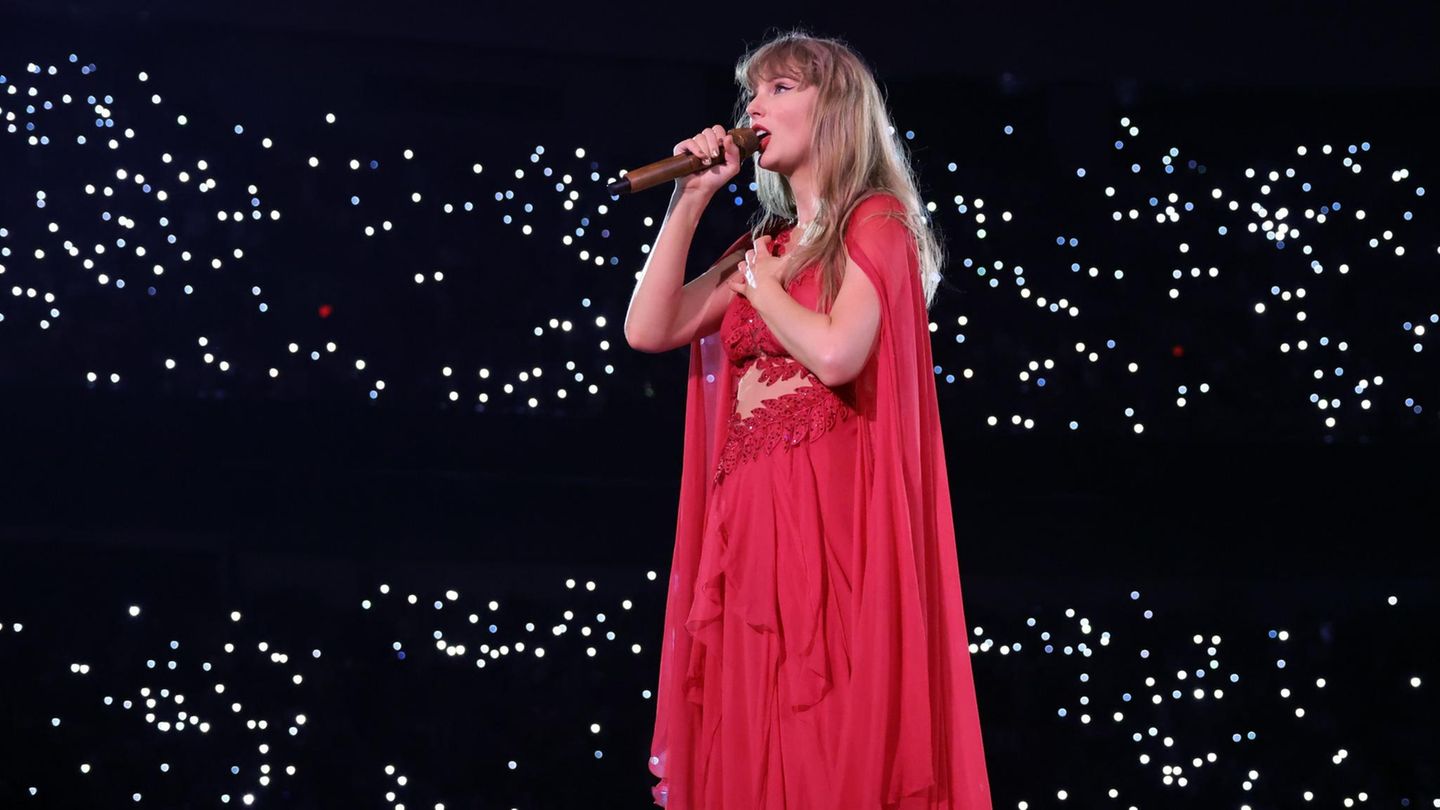Non -verbal signals
How eye contact shapes our communication
Copy the current link
Add to the memorial list
Eye contact shapes our coexistence in many areas – and it reveals far more than we sometimes love. How we can interpret and use non -verbal communication.
When the members of the South African tribe Zulu meet, they are happy to welcome themselves with a warm “Sawubona”. Translated it means “I see you”. And if you think about it exactly, this welcome formula meet the point. What happens all over the world when two people meet: they see each other. They usually look in the eye first.
Eye contact is one of the most meaningful and decisive gestures in our non -verbal communication. And whether we want or not – our eyes reveal in contact with others a lot about how we stand with our counterpart. For a good reason, we concentrate subconsciously on our eyes and the entire face when we first contact another person.
Why we blink and look away
Looks serve us as an orientation when it comes to assessing people and interpreting their behavior. While we talk to other people, we automatically evaluate the eye activities. For example, two interlocutors vote unconsciously about the glances who is talking. Maybe you know that: if you take a point, look at your counterpart and say so non -verbally: “You can”.
However, not every player is as easy to interpret as the challenging look during a conversation. There are signals that often cause confusion. For example, if the listener blinks more, this is a sign of boredom, but if he fixes his counterpart, he might want to unsettle the speaker. However, if a person constantly evades their own looks, this is a sign of disinterest or uncertainty.
Psychoygiene: These ten habits are balm for the soul
Write a diary.
For many young people, the diary letter has a permanent place in everyday life. You write down what is concerned about how you are and what you dream of. The older we get, the more we stop putting our thoughts on paper. Such a diary can be really helpful. If you write down your thoughts, you can find space in your head. This helps especially if you are caught in the carousel or cannot concentrate because new tabs constantly pop in your head. We also reflect our thoughts and experiences again when we write them down. This can help us widen and take new perspectives. The diary can therefore help to get new knowledge, to get to know yourself better and to bring structure to your mind chaos. And if you can no longer remember that, then you even have it in writing.
© Cathryn Laver / Unsplash
More
Open the image subtitle
Back
Further
Yes, looks can tell us a lot. In this context, our pupils in particular are honest messengers. So the behavioral researcher Irenäus Eibl-Eibelsfeldt was able to prove that our pupils automatically widen and our eyelids lift themselves when we find someone likeable. However, this also happens when we are interested in the topic of conversation when we feel sexually drawn to someone – and when we are afraid.
The perfect duration for eye contact
We don’t have how our pupils react to other people. But we can control how long we look our counterpart. According to the British researcher Alan Johnston from University College in London, this plays an important role in successful communication. In one, he was therefore looking for the perfect view of the first contact. The result: one to three seconds at a time are optimal. In addition, everything is potentially threatening, on the other hand, a fleeting look is disinterested.
Killing is not necessarily a look, but they have a big impact on us. If someone stares at us, according to a psychological resistance, which can lead to us taking a defense against our interlocutor. In any case, this applies to people who are not emotionally close.
On the other hand, your partner, friends and family members can often look intensely into the eye. Because: How long we look at our counterpart already says a lot about how much we like it. If we are in love, we also like to look the chosen person in the eye for more than three seconds with extended pupils and upscale eyelids.
What looks in the brain
It is quite possible that this intensive eye contact will have a positive effect on the feelings. The neurologist Knut Kampe from the University Hospital Hamburg-Eppendorf found out 20 years ago that our lucky center jumps when a person looks into our eyes that we like-or just find it attractive.
Another person can therefore intervene directly in our feeling of happiness with his eyes. But why is eye contact so important for us? Like so many non -verbal communication patterns, searching for eye contact is already innate. Babies are already looking for eye contact with the mother to communicate with her and establish a connection long before they can speak their first word. Several studies were also able to show that there is even a separate control center in our brain, which is only responsible for evaluating eye contacts. So there is significantly more communication about our eyes than we are aware of.
Can you fall in love with eye contact?
Our eyes reveal who we like and when we are bored, but can eye contact also lead to us falling in love with another person? The US psychology professor Arthur Aron asked the question. So he put together two strangers in a series of experiments, had them answered 36 questions and then looked into his eyes in silence for four minutes. And: With one of the couples, the wedding bells actually heralded a few years later.
Regardless of how meaningful the result of Aron’s study may be, it shows one thing: eye contact can lead to us establishing a deeper connection to our counterpart. This is also what the members of the Zulu tribe is about with their welcome formula. They express that they accept and appreciate their counterpart with all its facets. Incidentally, the usual response is: “Shiboka”, which means something like: “Then I exist for you”.
source: ,,
Source: Stern
I’m Caroline, a journalist and author for 24 Hours Worlds. I specialize in health-related news and stories, bringing real-world impact to readers across the globe. With my experience in journalism and writing in both print and online formats, I strive to provide reliable information that resonates with audiences from all walks of life.




